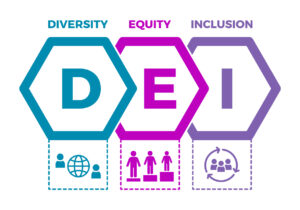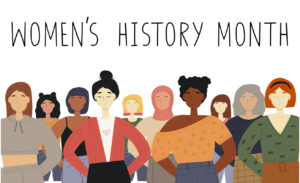Why communicators play an essential role in achieving DE&I progress
Pamela Morris from Walgreens Boots Alliance shares her thoughts on how communicators can keep the ball rolling on this essential topic.

As racial injustice and inequity is being exposed more fully in our society, professionals from all fields want to know how they can be part of the solution.
To Pamela Morris, senior manager of corporate social responsibility communications for the Walgreens Boots Alliance, communicators are poised to take a leading role. Here’s how she sees opportunities for individuals and teams in the field to contribute to creating a better workplace for all:
Ragan: Given the traumatic and tragic events we keep seeing in the news, what is the role of the communicator?
Morris: The role of communicator has emerged as an incredibly essential function. This has always been the case in times of crisis, and we’ve seen this borne out with the COVID-19 pandemic.
I believe communications can also lead the way on DE&I. …As communicators, we’re trained to connect the dots across organizations, to identify areas of strengths and also where we can improve.
Corporations that take concerted, measurable steps will fare better. At the end of the day, you invest in what you believe in. I’m hopeful that things will finally change but it will take vigilance to keep the spotlight on D&I, to push forward to real and sustainable progress. It’s a new muscle and new mindset for many leaders and organizations.
Ragan: How can communicators best collaborate with their DE&I and HR colleagues?
Morris: I believe we are well-poised to make an even greater impact because of these core skills that come with our day job.
As communicators, we are the reputation builders and reputation protectors for our organizations. We have to help our organizations understand the reputation and business risks of actions and inactions. It’s all about meeting our organizations where they are and helping them move forward in a way that is authentic but also bold and meaningful.
Ragan: Do you have any tips for communicators struggling to get senior leadership to invest in DE&I initiatives?
Morris: I think this is the role of the D&I leaders to get company leaders on board. However, communications can be an integral support by providing stakeholder perception data and reputation scores of competitors.
Our function allows us to look across an organization and quickly determine which stakeholders need to receive our message. …We can help organizations look at themselves in the mirror on issues like DE&I.
Ragan: We see a lot of statements about DE&I—how can an organization go beyond words to create real progress?
Morris: First, you have to understand where you are as an organization on the DE&I journey and where you want to be. You need a long-term plan with a long-term commitment that can stand the test of time and changes in leadership.
Bring people in. The DE&I conversation should not be relegated to the D&I function. We all have a part to play, so there are small actions we can take as individuals to educate ourselves about D&I, to understand how we can support our D&I colleagues. Quite frankly, we can also look around our own cubicles and virtual meetings and ask ourselves how we can do better. Bottom line: Representation matters. We cannot attract diverse candidates if we are not diverse.
DE&I has been an issue and it will continue to be so if we don’t commit to taking small and big steps. We’re not going to have diverse organizations overnight; that’s a reality. But we have to start somewhere.
Fear of failure or misunderstanding cannot deter us from doing what’s right for our companies and for our society.
On a personal note, I don’t want to continue to be the first or the last person of color in any role. We’ve got to plant the seeds now to reap the future we all need and deserve.







